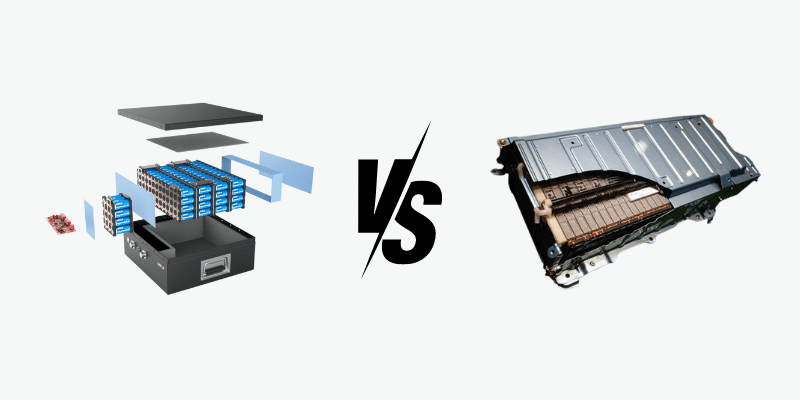Electric vehicle batteries and lithium-ion batteries for energy storage have distinct requirements, despite both being lithium-ion. Understanding their differences can help determine the best battery for your needs, as there is no one-size-fits-all approach.
What Is a Lithium-Ion Battery for Energy Storage Made Of?
Energy storage applications require batteries that are highly reliable, long-lasting, and safe.
Our solution uses a lithium iron phosphate (LFP) cathode, which is ideal for these requirements. The less interaction between the LFP cathode and electrolyte significantly contributes to its superior cycle life and thermal stability. This minimizes the risk of thermal runaway, a potentially dangerous condition in some lithium-ion batteries.
While LFP offers exceptional reliability and safety, it has lower energy density compared to other lithium-ion chemistries like lithium cobalt oxide (LCO) or lithium nickel manganese cobalt oxide (NMC). Consequently, LFP batteries are typically heavier for a given amount of energy, which is less ideal for electric vehicles.
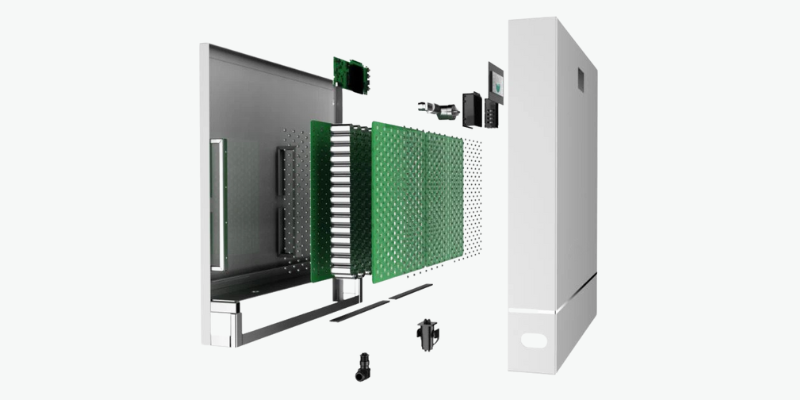
What Is a Lithium Ion Battery for Electric Vehicles Made Of?
Electric vehicles need high-energy-density batteries to power both the car and its onboard systems.
Most electric cars use lithium-ion batteries with nickel and cobalt cathodes, called NMC batteries. These provide a denser energy source for vehicle propulsion compared to LFP batteries.
The organic liquid electrolyte in NMC batteries reacts with oxygen, especially at high temperatures. This reactivity can lead to explosions and other potential issues related to thermal runaway.
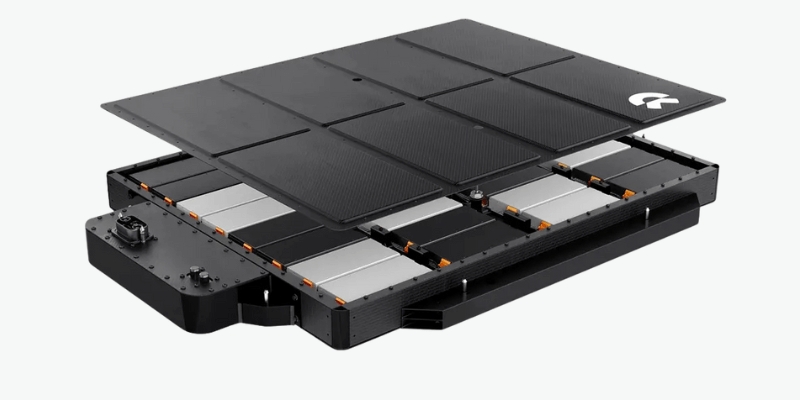
What Are the Differences Between Lithium Ion Batteries for Energy Storage and Lithium Ion Batteries for Electric Vehicles?
LFP and NMC batteries are both excellent power solutions, but have key differences that make them suited for specific tasks.
Cathode Material
Lithium-ion batteries use a cathode to generate power.
Energy storage batteries use LFP, while electric vehicle batteries use NMC.
NMC batteries have higher energy densities, improving acceleration. LFP batteries offer superior energy storage compared to NMC.
Oxygen Bond
NMC and LFP batteries both require an electrolyte to react with oxygen. However, NMC batteries have a looser oxygen bond, making them more prone to thermal runaway and potential explosions.
In contrast, LFP batteries are less likely to experience thermal runaway, making them a safer option overall.
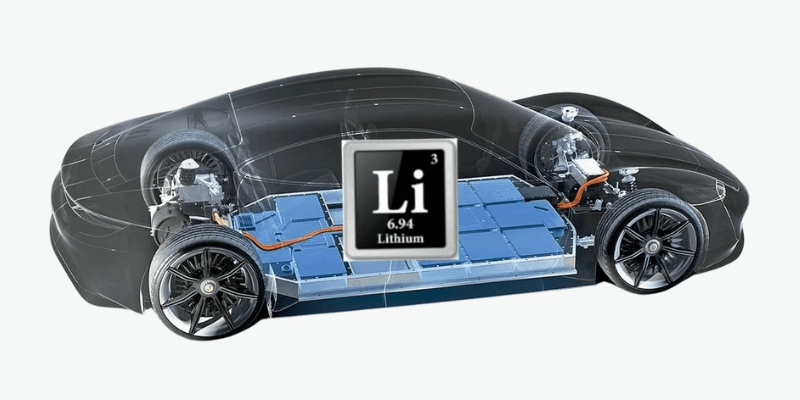
Charging & Discharging
NMC batteries have higher power densities than LFP batteries, enabling faster charging and discharging.
Battery Aging Process
NMC batteries operate at 3.7V, higher than the 3.2V of LFP batteries. This higher voltage leads to faster degradation as the battery ages.
LFP batteries’ lower 3.2V voltage provides greater cathode stability, resulting in longer battery life.
The larger LFP molecule also allows for easier expansion and contraction during cycling, enabling LFP batteries to withstand thousands of cycles over their lifespan.
Cost
LFP batteries are generally more cost-effective per cycle, making them attractive for long-term cost efficiency.
NMC batteries are more expensive due to their cathode, but can be cost-effective where space and weight are constraints, thanks to their performance and compact size.
At What Voltage Does a Lithium-Ion Battery for Energy Storage Operate?
Lithium-ion batteries designed for energy storage operate at 3.2 volts per cell. This voltage matches lead-acid batteries, making LFP batteries suitable for 12, 24, or 48-volt storage systems.
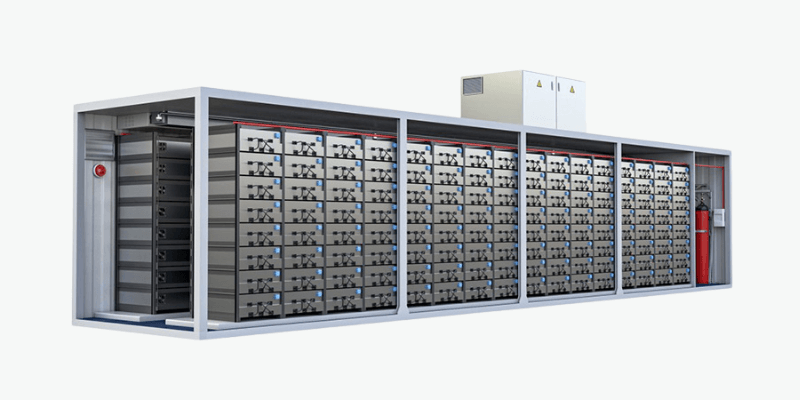
At What Voltage Does a Lithium Ion Battery for Electric Vehicles Operate?
Electric car batteries operate at 3.7 volts per cell, with pack voltages around 400 volts. The higher voltage increases interactions between the electrolyte and cathode, providing more power but reducing battery life. This trade-off may not be ideal for stationary storage, but it suits the needs of powering electric vehicles.
Conclusion
While lithium-ion batteries are used for both energy storage and electric vehicles, their specific requirements have led to distinct battery chemistries.
Energy storage systems prioritize reliability, longevity, and safety, making lithium iron phosphate (LFP) batteries ideal. Their thermal stability and cycle life suit stationary applications.
Electric vehicles, however, demand high energy density to maximize driving range and performance, leading manufacturers to favor lithium-ion batteries with nickel and cobalt-based (NMC) cathodes. Though slightly less stable than LFP, NMC batteries can pack more energy into a smaller, lighter package – critical for mobile applications.

